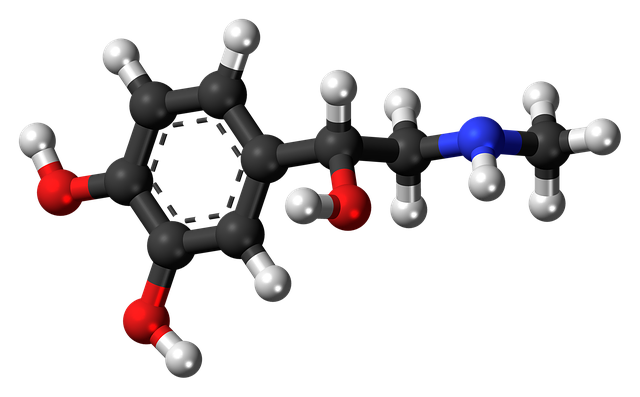How to Deal With Female Hormonal Imbalance

Discover what Olivia is talking about from Parenting to Entertainment…
Statistics reveal that almost 80% of women suffer from some hormonal imbalance. It is also a fact of life for women as their hormones fluctuate throughout their cycles. The imbalances may range from mild to severe psychological and physical complications that can interfere with a woman’s life.
While the condition may not be fatal, it leads to female challenges such as difficulties in conceiving. Gradually, related reproductive disorders may begin to crop, which escalates the whole situation. Hence, women must understand hormonal imbalance and the steps to take when they experience the condition.
Women have two crucial hormones that make a woman female: estrogen and progesterone.
Progesterone deficiency is one that causes an imbalance. Older women reaching menopause are often likely to get this condition since progesterone production occurs more during the fertile days. And since no ovulation occurs during the menopausal period, progesterone production is cut short.
Once this happens, the estrogen levels are naturally higher than progesterone, leading to hormonal imbalance conditions. As the body continues to produce more estrogen than progesterone, a female body becomes intoxicated.
How do you know if you have a hormonal imbalance?
A hormonal imbalance is usually recognized by self-diagnosis. Your body will let you know that something is off through various symptoms.
Symptoms of female hormone imbalance are evident in older women starting from the ages of forty.
Symptoms may include:
- Thinning of the hair
- Memory lapses
- Chronic stress
- Low metabolism
- Dry skin
This does not mean that only older women get hormonal imbalance as younger women also experience the same.
Younger women with hormonal imbalance may experience:
- Hot flashes
- Depression
- Low libido
- Urinary tract infections and yeast infections
- Menstrual cramping
- Spotting
- Mood swings.
Even young women in their teens can experience these symptoms when their progesterone levels are much lower than the estrogen levels.
What to do when you experience these symptoms
While these symptoms may not necessarily mean that you have a hormonal imbalance, only a doctor can confirm. Hence, the first thing to do is to see a doctor once you notice these symptoms.
A specialized doctor such as Dominique Fradin Read will quickly come up with a diagnosis to identify what could have contributed to the condition. The doctor will also advise on the right treatment plan to get the situation under control.
For younger females, the condition is mostly caused by an improper diet and can easily be rectified by consuming foods that boost progesterone production.
A guru of hormone balancing will then recommend the right foods and their amount to reverse the condition. In case the progesterone levels are too low, the expert will likely adopt a different approach, such as prescribing dietary supplements to encourage progesterone production. This way, the estrogen levels can not escalate to toxic levels.
This is why it’s crucial to see a doctor for a proper diagnosis and treatment.
What's Your Reaction?
Discover what Olivia is talking about from Parenting to Entertainment & all of the in between. Activities for Kids, DIY, Health & Fitness, Giveaways & More..



